Discover Kruger National Park's best birding drives and species, from Pel's Fishing Owl to bee-eaters. Enjoy birdwatching at Needles Lodge, your tranquil safari base.
The African Hoopoe: Kruger’s Most Distinctive Bird
Discover the fascinating African Hoopoe in Kruger National Park! Learn about its striking crest, unusual feeding habits, and where to spot this unique bird on your next safari.
In the golden glow of the African savanna, where the air hums with the distant calls of hornbills and the rustle of the bush, a truly unique bird makes its presence known. With a flamboyant crest, a strikingly patterned body, and a call reminiscent of the rhythmic hoots of a bush telegraph, the African Hoopoe (Upupa africana) is one of Kruger National Park’s most fascinating avian residents.
This remarkable bird, often overlooked in favour of the park’s more famous raptors or colourful rollers, has a charm all of its own. From its unusual feeding habits to its cultural significance, let’s explore why the African Hoopoe deserves a moment in the spotlight.
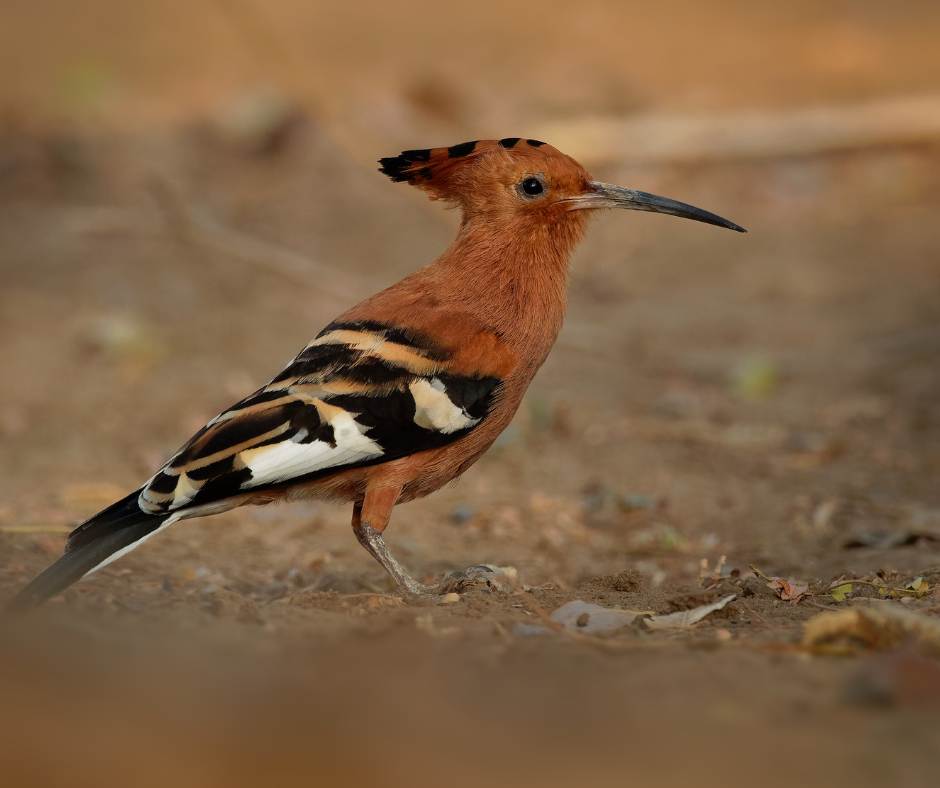
A Bird Like No Other: The Striking Appearance of the African Hoopoe
The African Hoopoe is instantly recognisable. Sporting a cinnamon-coloured body, bold black-and-white striped wings, and a long, slightly curved bill, it looks as though it’s stepped straight out of a piece of ancient African art. But its most eye-catching feature? That spectacular crest of feathers, which fans open dramatically when the bird is alarmed, excited, or simply showing off.
Often seen foraging on the ground, the hoopoe has a peculiar, almost comical way of walking—bobbing along with purpose, its crest twitching as it probes the earth with its slender beak. Unlike the elegant flight of an eagle or the hovering grace of a kingfisher, the hoopoe’s flight is a little more erratic, flapping its wings in a distinctive, butterfly-like motion.
If you enjoy birdwatching, Kruger National Park is a paradise, and the hoopoe is just one of the many incredible species waiting to be discovered. To find out more about the best birding spots in the park, check out our guide: Birding in Kruger: The Best Birding Drives and Experiences.
A Master of the Art of Insect Hunting
While some birds are content with seeds or fruit, the African Hoopoe is a specialist in soil-dwelling invertebrates. With a bill designed for precision probing, it expertly digs into the ground, pulling up grubs, beetles, and even the occasional small reptile.
The real magic happens when it catches a meal. Instead of swallowing prey immediately, the hoopoe repeatedly bashes it against a rock or the ground, stunning it before expertly removing any inedible parts, such as insect wings or tough exoskeletons. This gruesome little ritual ensures a smooth, nutritious meal.
Though the hoopoe may not be as dazzling as the African Pygmy Kingfisher, another stunning bird of Kruger, its feeding behaviour is just as fascinating to observe.
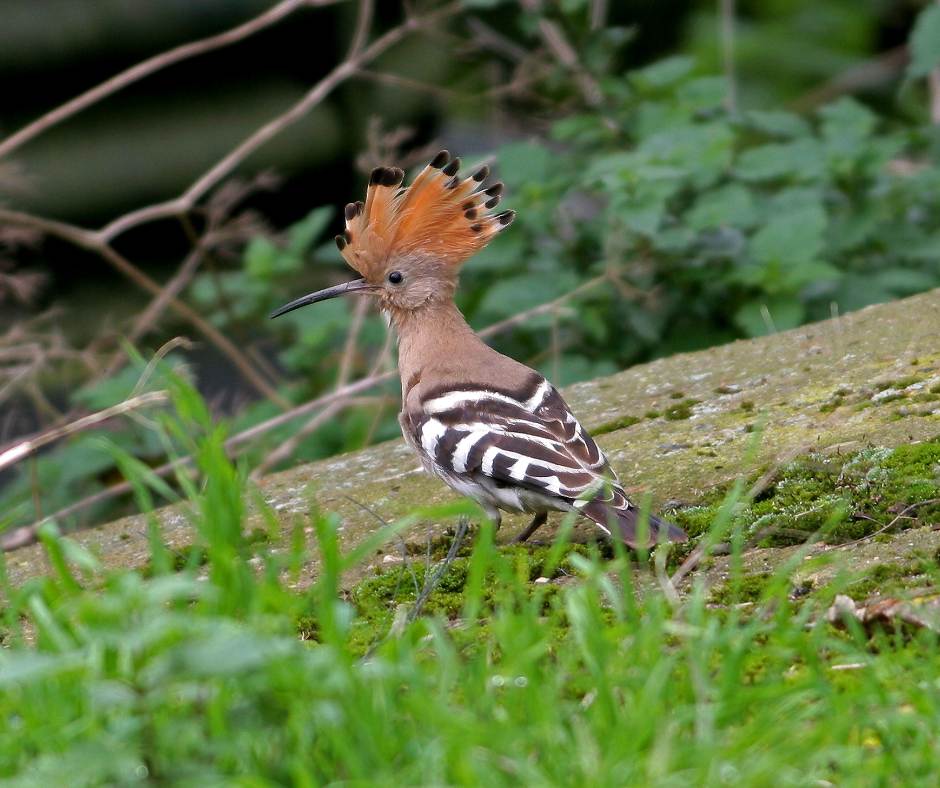
The Hoopoe’s Call: Nature’s Echo Across the Bush
If you’ve spent time in the African bush, you’ve likely heard the repetitive “hoop-hoop-hoop” call of the hoopoe. This distinctive vocalisation is not only how the bird earned its name but also plays a crucial role in territorial defence and attracting a mate.
Males can be particularly persistent, calling for hours at a time from a favourite perch, their song carrying across the veld. In some cultures, the hoopoe’s call is said to signal change, while in others, it is believed to bring good luck.
Birdsong is an integral part of the wilderness experience at Needles Lodge, where the dawn chorus is filled with the sounds of kingfishers, hornbills, and, of course, the hoopoe itself. Learn more about the other feathered residents of Marloth Park in our article: Whispers in the Wilderness: The Avian Wonders of Needles Lodge.
A Bird Steeped in Myth and Culture
The African Hoopoe is not just an ordinary bird; it has woven its way into folklore and legend across different cultures.
In ancient Egypt, hoopoes were associated with wisdom and were often depicted in hieroglyphics. In African traditions, they are sometimes seen as messengers, their rhythmic calls carrying hidden meanings. Meanwhile, in parts of Europe and the Middle East, the hoopoe has been a symbol of protection, even appearing in the pages of religious texts.
But perhaps the strangest belief about the hoopoe is its supposed ability to repel evil spirits with its unique scent. Yes, this striking bird has an unusual defence mechanism—its preen gland produces a strong-smelling secretion that helps deter predators, making it one of the more "fragrant" birds of the bush.
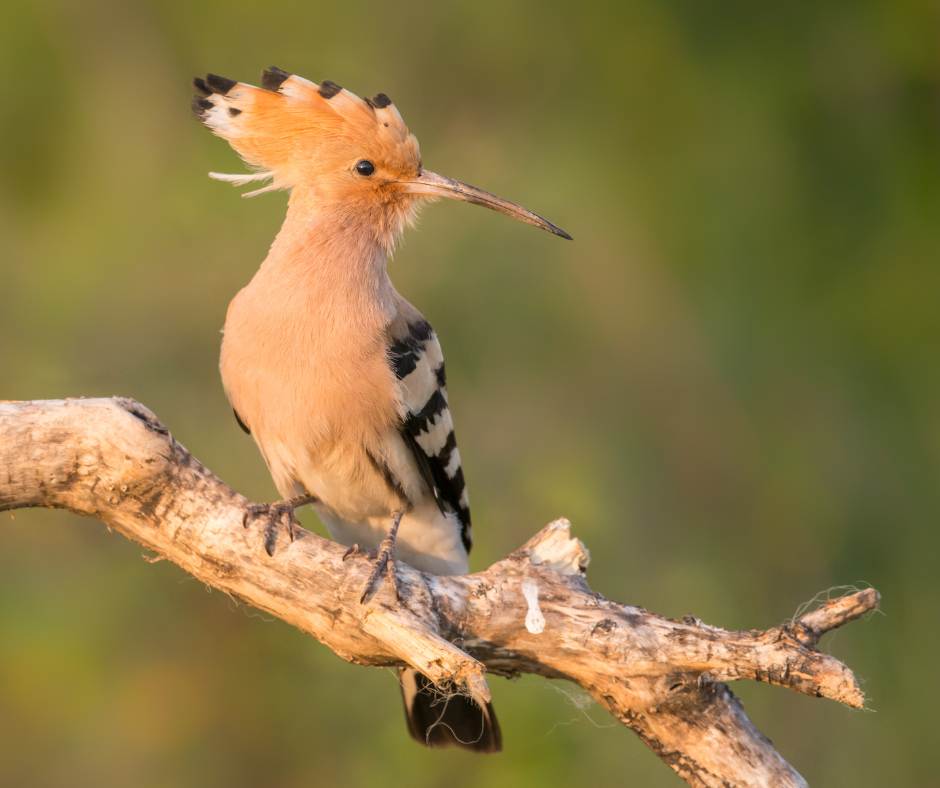
Where to Spot the African Hoopoe in Kruger
While the hoopoe isn’t the rarest bird in Kruger, it does take a keen eye to spot one. Look for them in open woodlands and grassy areas, particularly in the early morning or late afternoon when they are most active. They often favour the quieter corners of the park, away from the bustling waterholes and main roads.
Marloth Park, the wildlife haven surrounding Needles Lodge, is also a fantastic place to observe these birds up close. Guests at the lodge frequently spot hoopoes foraging in the garden, their elegant crests flicking open as they search for food.
For the ultimate birdwatching experience, consider a stay at Needles Lodge, where the beauty of the bush is right on your doorstep. Whether it’s the striking hoopoe, the dazzling kingfisher, or the haunting call of the nightjar, there’s always something remarkable to see and hear.
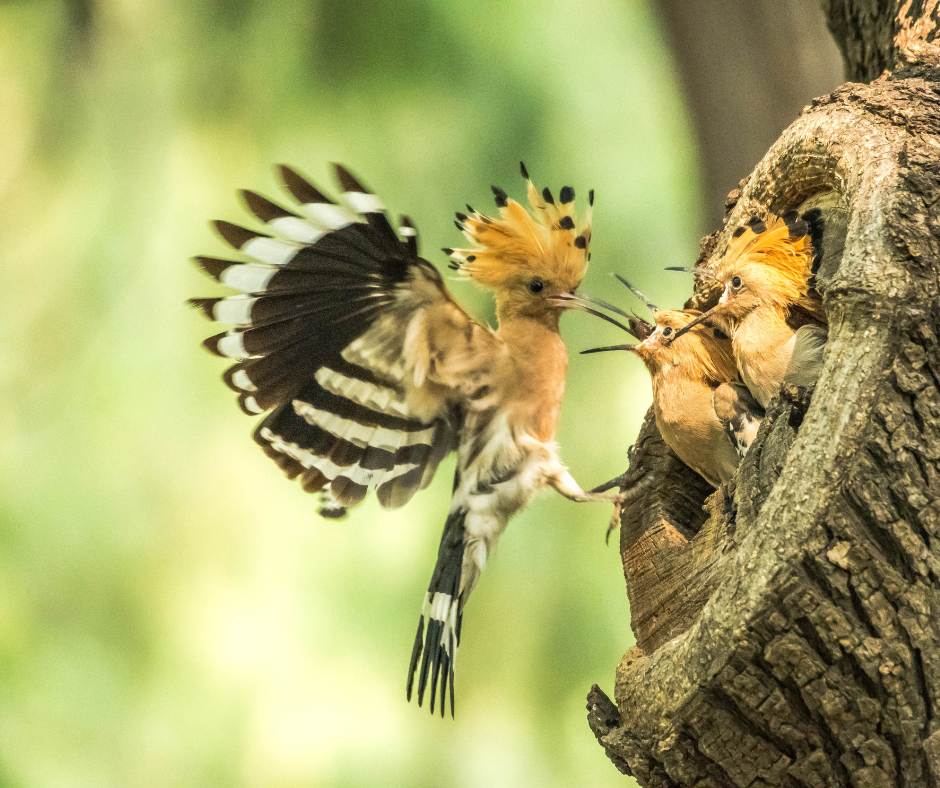
The African Hoopoe: A True Jewel of the Bush
With its regal crest, bizarre feeding habits, and rich cultural history, the African Hoopoe is a bird like no other. Though it may not have the size of an eagle or the bold colours of a roller, its presence in Kruger National Park is a reminder of nature’s incredible diversity.
Next time you find yourself in the African wilderness, take a moment to listen for that distinctive “hoop-hoop-hoop” call or watch as one of these remarkable birds bobs across the ground in search of a meal. It’s just one of the many small but extraordinary encounters that make Kruger such a special place.
📍 Book your stay at Needles Lodge and experience the wonders of Kruger’s birdlife firsthand. From hoopoes to kingfishers, the bush has a symphony waiting to be discovered.
Further Reading
The African Pygmy Kingfisher, found near Needles Lodge, is a vibrant bird with electric blue, orange, and purple feathers. Despite its vivid colors, it blends into dense foliage. A skilled hunter, it catches insects with precision. Males perform aerial dances during breeding season. Adaptable and solitary, it nests in riverbanks or termite mounds. Though not endangered, habitat loss is a concern. Spotting this bird at Needles Lodge is a special highlight.
Africa's skies are home to a diverse array of birds of prey, each with unique adaptations for hunting and playing crucial roles in their ecosystems. Species like the African Fish Eagle and Peregrine Falcon showcase the continent's avian diversity and evolutionary marvels, while vultures, often overlooked, serve as vital ecological stewards.

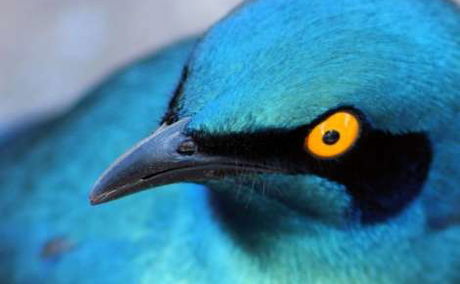
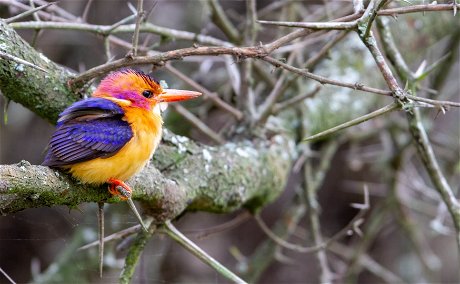
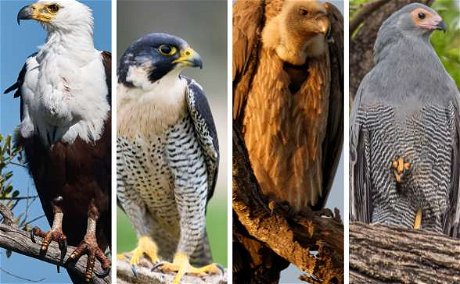
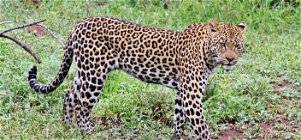
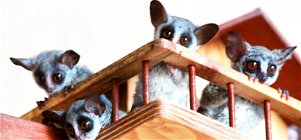
Share This Post